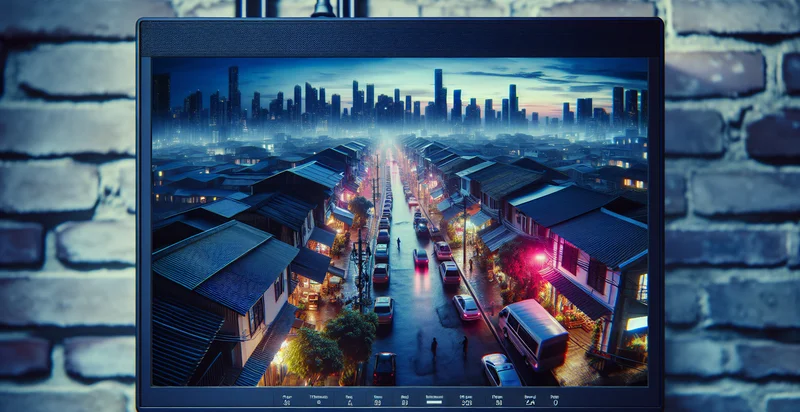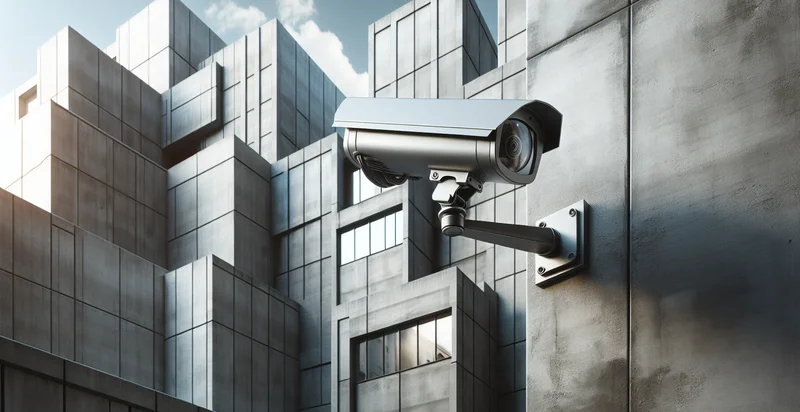Identify security camera conditions
using AI
Below is a free classifier to identify security camera conditions. Just upload your image, and our AI will predict the security conditions in various environments - in just seconds.

Contact us for API access
Or, use Nyckel to build highly-accurate custom classifiers in just minutes. No PhD required.
Get started
import nyckel
credentials = nyckel.Credentials("YOUR_CLIENT_ID", "YOUR_CLIENT_SECRET")
nyckel.invoke("security-camera-conditions", "your_image_url", credentials)
fetch('https://www.nyckel.com/v1/functions/security-camera-conditions/invoke', {
method: 'POST',
headers: {
'Authorization': 'Bearer ' + 'YOUR_BEARER_TOKEN',
'Content-Type': 'application/json',
},
body: JSON.stringify(
{"data": "your_image_url"}
)
})
.then(response => response.json())
.then(data => console.log(data));
curl -X POST \
-H "Content-Type: application/json" \
-H "Authorization: Bearer YOUR_BEARER_TOKEN" \
-d '{"data": "your_image_url"}' \
https://www.nyckel.com/v1/functions/security-camera-conditions/invoke
How this classifier works
To start, upload your image. Our AI tool will then predict the security conditions in various environments.
This pretrained image model uses a Nyckel-created dataset and has 6 labels, including Excellent Condition, Fair Condition, Good Condition, Poor Condition, Very Good Condition and Very Poor Condition.
We'll also show a confidence score (the higher the number, the more confident the AI model is around the security conditions in various environments).
Whether you're just curious or building security camera conditions detection into your application, we hope our classifier proves helpful.
Related Classifiers
Need to identify security camera conditions at scale?
Get API or Zapier access to this classifier for free. It's perfect for:
- Anomaly Detection in Surveillance: This function can be employed to identify false images captured by security cameras, thus reducing false alarms triggered by environmental disturbances like raindrops or shadows. By filtering out these false positives, security personnel can focus on real threats more effectively.
- Quality Control for Security Footage: Security agencies can utilize this classification system to ensure the reliability of the footage captured by their cameras. By automatically identifying and flagging false images, the overall quality and usability of surveillance data can be maintained.
- Smart Incident Reporting: The function can be integrated into smart surveillance systems to enhance incident reporting accuracy. By distinguishing between legitimate incidents and false images, reports generated from surveillance footage become more reliable, aiding in faster response times.
- Maintenance Scheduling for Cameras: Security teams can leverage this classification to identify patterns in false image occurrences, indicating potential maintenance needs for faulty cameras. This proactive approach can minimize downtime and ensure consistent surveillance quality.
- Integrating with AI-Based Analytics: The false image classification function can enhance AI analytics by ensuring that the data used for analysis is accurate and representative of real events. This improves overall decision-making processes and enables better risk assessments for security operations.
- Enhancing Facial Recognition Accuracy: By filtering out false images, this function can improve the accuracy of facial recognition systems used in security applications. Higher accuracy in identification can lead to better security outcomes and fewer mismatches.
- Reducing Storage Costs: Security devices generate vast amounts of data, and false images can consume unnecessary storage space. Implementing this classification can help in archiving only relevant footage, thereby reducing storage costs and optimizing data management.


